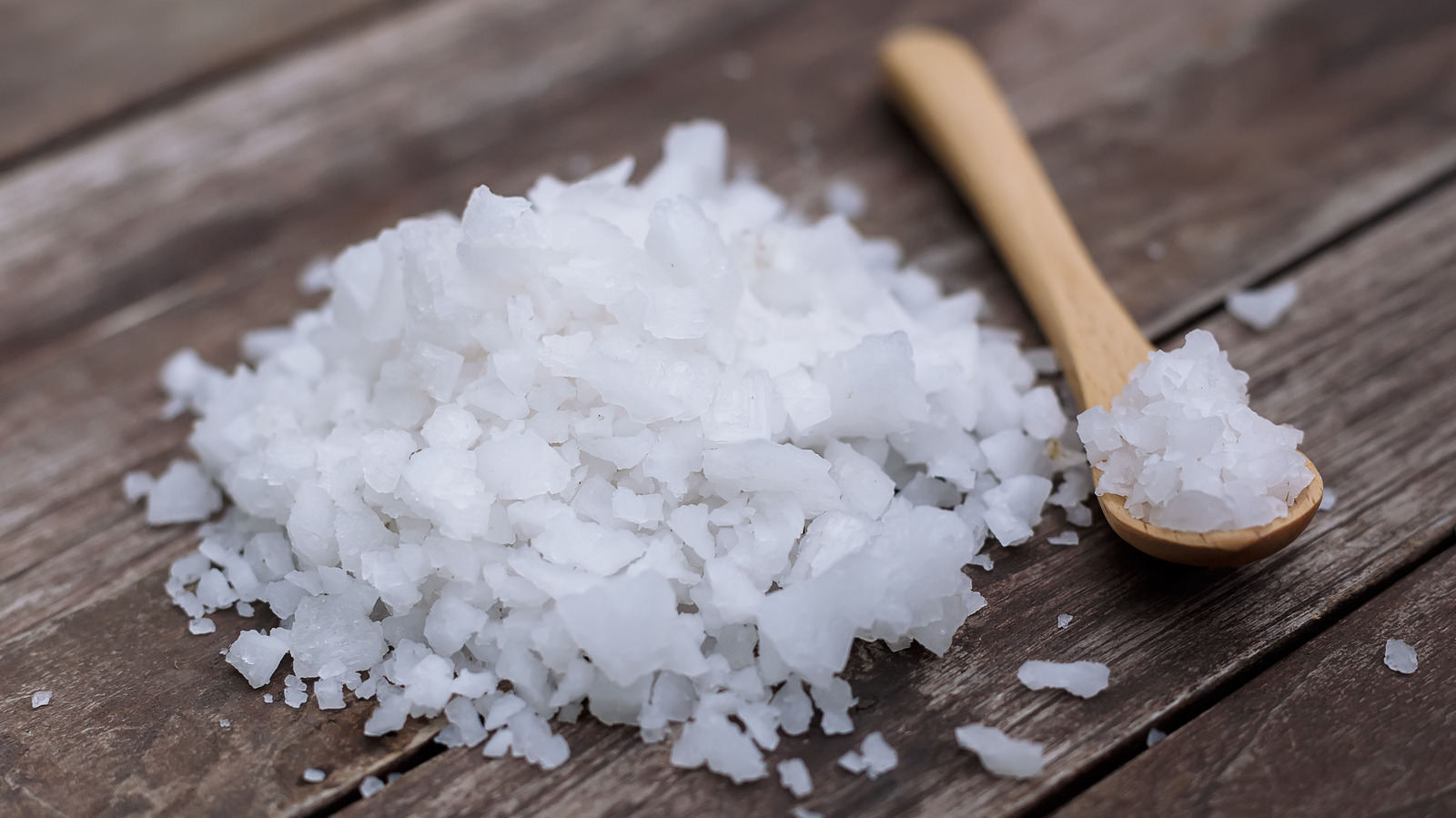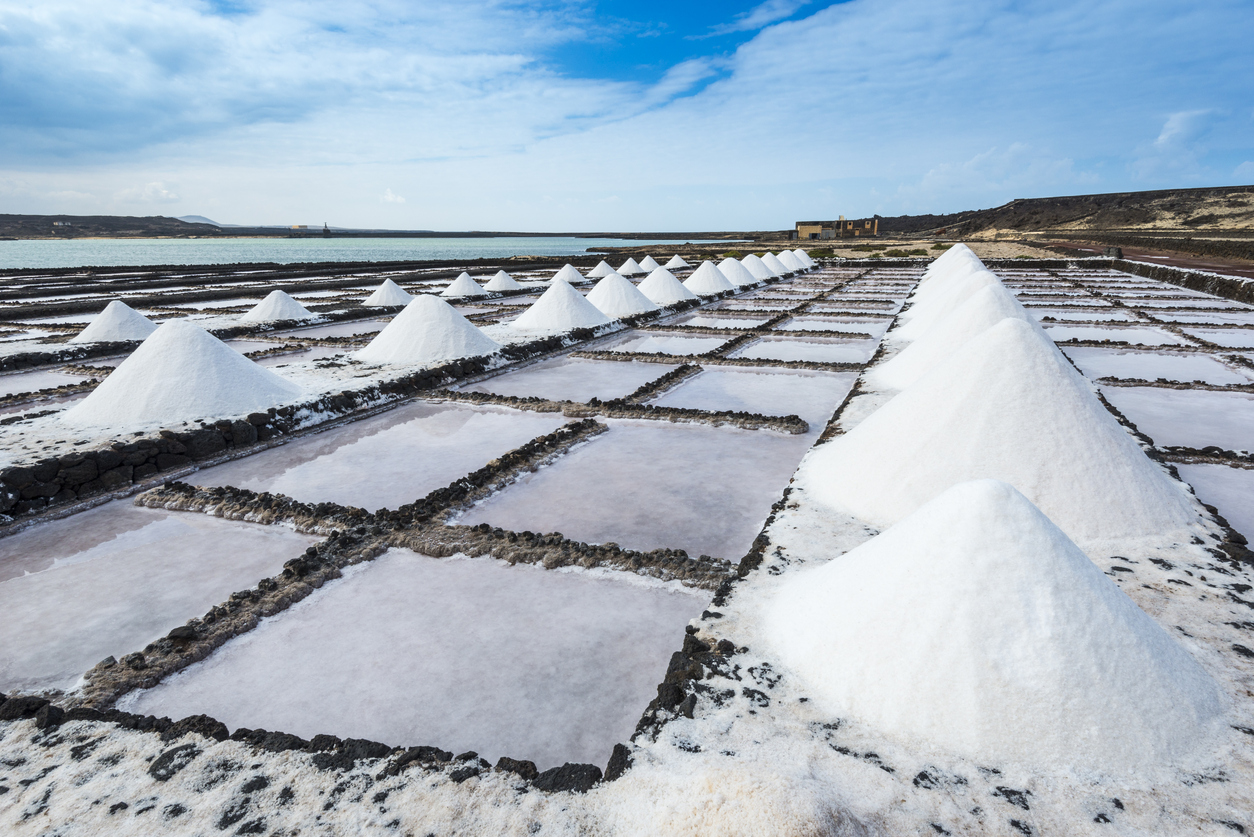Exctraction of Sea Salt
Sea salt is a type of salt that is produced by the evaporation of seawater. It is often considered to be a more natural and healthier alternative to regular table salt, as it is minimally processed and contains trace minerals that are not found in regular salt. There are several ways to extract sea salt, but the most common method involves the solar evaporation of seawater. This process begins by collecting seawater in large ponds or basins. The water is then allowed to evaporate in the sun, which causes the salt to crystallize and form at the bottom of the pond.
Once the salt has crystallized, it is harvested by hand or by machine. The salt is then rinsed and dried, either in the sun or in a drying facility, to remove any remaining impurities. Another method of extracting sea salt involves the use of large evaporation pans. Seawater is placed in the pans and heated over a fire, which causes the water to evaporate and the salt to crystallize. The salt is then collected and dried in the same way as in the solar evaporation method.
There are also more modern methods of extracting sea salt, such as using machines to filter and evaporate seawater. However, these methods are less common and tend to produce a lower quality of sea salt.
In addition to the traditional methods of extracting sea salt, there are also a number of artisanal techniques that are used to produce high-quality, handcrafted sea salt. These methods involve a greater level of human intervention and often produce a more unique and flavorful product.
One example of an artisanal method is the “fleur de sel” technique, which is used to produce a delicate, flaky salt that is prized for its delicate flavor and crunchy texture. Fleur de sel is produced by hand-raking the salt crystals from the surface of seawater ponds, a process that requires a great deal of skill and attention to detail.

Another artisanal method is the “cage and well” technique, which involves digging a well in the ground and filling it with seawater. The seawater is then allowed to evaporate naturally, and the salt crystals that form are collected using a cage-like structure. This method is typically used to produce a larger, coarser type of sea salt.
Regardless of the method used to extract it, sea salt is a highly valued and widely used ingredient in cooking and seasoning. It is often used to add flavor to a wide variety of dishes, from savory meats and vegetables to sweet desserts and baked goods.
In addition to its culinary uses, sea salt is also used in a number of non-food applications, such as in the production of soap and cosmetics, as a natural preservative, and as a natural way to de-ice roads and sidewalks.
Overall, the process of extracting sea salt is an ancient and varied one, with a wide range of techniques and methods being used to produce this versatile and flavorful ingredient.

